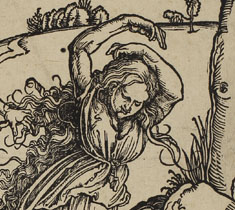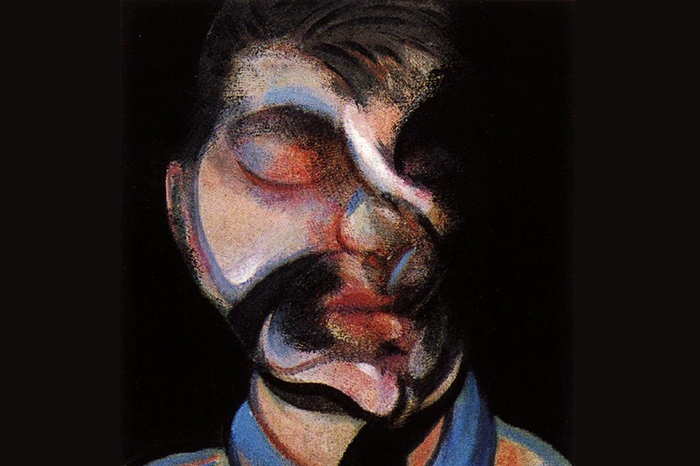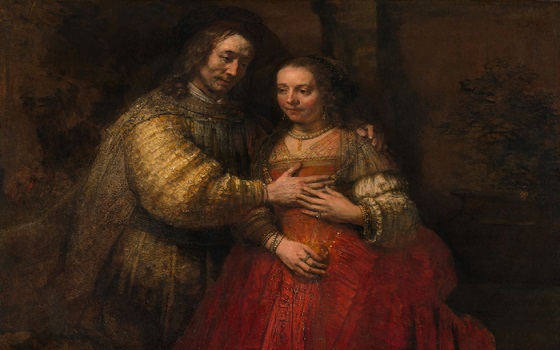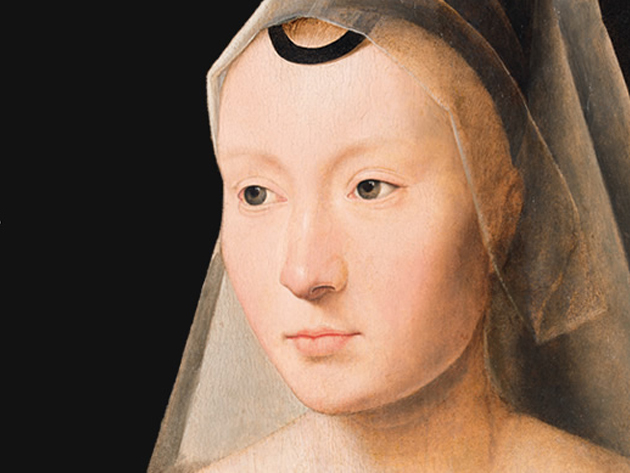23.12.2014 - 15.03.2015
http://www.kreml.ru/
Организаторы:Министерство культуры Российской Федерации, Музеи Московского Кремля
Карты Московии и Выставка в Успенской звоннице Московского Кремля посвящена феномену России как самого обширного государства, статус которого она удерживает с конца XVII столетия, и как страны, территория которой расширялась с наибольшей интенсивностью. Впервые Музеи Московского Кремля обращаются к этой теме, раскрывая ее в показе уникальных произведений искусства XIV – начала XX века. Великолепные памятники из кремлевского собрания отражают историю формирования территории русского государства от Московского княжества до Российской империи. В связи с этим некоторые произведения представлены на выставке, в совершенно новом ракурсе, другие – показаны впервые.
Центральным экспонатом является вышитая карта Российской империи, созданная воспитанницами Московского института Ордена Святой Екатерины в 1872 году и поднесенная ими императору Александру II. Она всего однажды экспонировалась в России, хотя не раз украшала зарубежные выставки Музеев Кремля.
Основу выставки составляют предметы, созданные по повелению российских правителей в связи с важнейшими событиями в геополитической истории России. Расширение границ всегда являлось выражением славы и могущества державы и находило особое отражение в отечественном искусстве, вызывая рождение исключительных по своей значимости и символической наполненности произведений – от царских венцов до памятных медалей.
На выставке демонстрируется знаменитая Казанская шапка – царский золотой венец с драгоценными камнями и тончайшим черневым узором, созданный, как полагают, по повелению царя Ивана Грозного в 1553 г. после присоединения Казанского ханства к Московскому государству. Позже изображение венца вошло в сложную композицию Государственного герба России с так называемыми "титульными" гербами, венчая герб Казанского царства.
http://www.kreml.ru/
Организаторы:Министерство культуры Российской Федерации, Музеи Московского Кремля
Карты Московии и Выставка в Успенской звоннице Московского Кремля посвящена феномену России как самого обширного государства, статус которого она удерживает с конца XVII столетия, и как страны, территория которой расширялась с наибольшей интенсивностью. Впервые Музеи Московского Кремля обращаются к этой теме, раскрывая ее в показе уникальных произведений искусства XIV – начала XX века. Великолепные памятники из кремлевского собрания отражают историю формирования территории русского государства от Московского княжества до Российской империи. В связи с этим некоторые произведения представлены на выставке, в совершенно новом ракурсе, другие – показаны впервые.
Центральным экспонатом является вышитая карта Российской империи, созданная воспитанницами Московского института Ордена Святой Екатерины в 1872 году и поднесенная ими императору Александру II. Она всего однажды экспонировалась в России, хотя не раз украшала зарубежные выставки Музеев Кремля.
Основу выставки составляют предметы, созданные по повелению российских правителей в связи с важнейшими событиями в геополитической истории России. Расширение границ всегда являлось выражением славы и могущества державы и находило особое отражение в отечественном искусстве, вызывая рождение исключительных по своей значимости и символической наполненности произведений – от царских венцов до памятных медалей.
На выставке демонстрируется знаменитая Казанская шапка – царский золотой венец с драгоценными камнями и тончайшим черневым узором, созданный, как полагают, по повелению царя Ивана Грозного в 1553 г. после присоединения Казанского ханства к Московскому государству. Позже изображение венца вошло в сложную композицию Государственного герба России с так называемыми "титульными" гербами, венчая герб Казанского царства.

















































